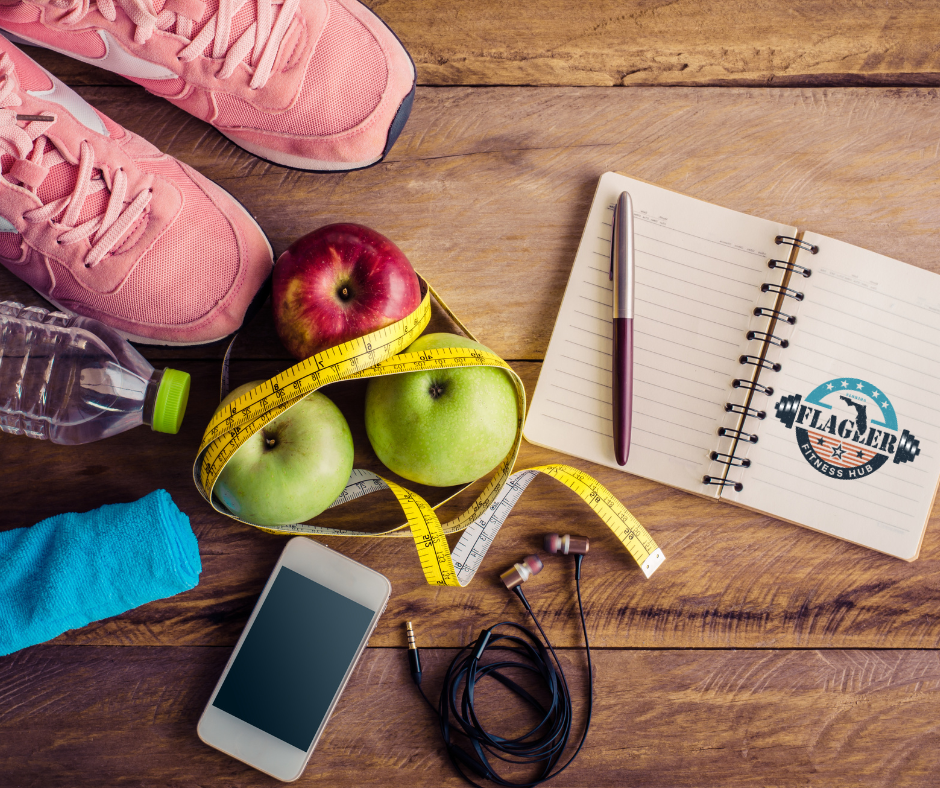
Body Composition Assessment
Understanding your body composition is crucial for tracking your fitness progress and achieving your health goals. Measuring body fat percentage, muscle mass, and overall weight helps you determine the effectiveness of your training and nutrition plans. By regularly monitoring these metrics, you can make informed decisions to optimize your fitness journey. Read each of the below Key Topics, then follow the prescribed Action Item(s).
Key Topics
Tools for Measuring Body Composition - Scales
Digital Scale:
Usage: Step onto the scale with bare feet, ensuring it's on a flat, hard surface for an accurate reading. Digital scales typically display your weight in pounds or kilograms.
Advantages: Quick and easy to use, providing instant feedback on your weight.
Limitations: Does not differentiate between muscle mass, fat mass, and other body components.
Body Fat Scale:
Usage: Similar to a digital scale, but with added sensors that send a small electrical current through your body to estimate body fat percentage (bioelectrical impedence). Stand with bare feet on the sensors. This type of scale is highly recommended. The brand Renpho has a number of cost-effective scales available; they even have accompanying apps so you can log your measurements over time.
Advantages: Provides an estimate of body fat percentage in addition to weight.
Limitations: The accuracy can be affected by hydration levels and other factors. Use it as a general trend rather than an exact measurement.
Action Item(s):
Step on a scale as directed above and measure your baseline weight. Aim to measure your bodyweight first thing in the morning after you wake up, prior to eating or drinking any food. Log your baseline weight in the Fitness Assessments log or the Jefit app.
Tools for Measuring Body Composition - Calipers
Skinfold Calipers: Note: bioelectrical impedance scales are the recommended method for measuring body weight and body composition. Skinfold measurements are prone to mistakes if not done carefully and consistently.
Usage:
Identify specific sites on the body where skinfold measurements will be taken (common sites include the abdomen, thigh, triceps, and suprailiac).
Pinch a fold of skin and underlying fat between your thumb and forefinger.
Place the calipers about 1 cm away from your fingers and release the caliper jaws to measure the thickness of the skinfold.
Record the measurement in millimeters.
Repeat the process at each site and calculate the average or use a specific formula to estimate body fat percentage.
Advantages: Affordable and portable, allowing for measurements at multiple body sites.
Limitations: Requires practice to use correctly and consistently. Measurements can vary based on the technician's skill.
Measuring Body Parts with Tape
Measuring body parts with a tape measure is a simple yet effective way to track changes in muscle size and body fat distribution. This method helps you monitor specific areas of your body, providing a clear picture of your physical progress. Regular measurements can guide adjustments in your training and nutrition plans to optimize results.
Usage:
Waist: Wrap the tape measure around the narrowest part of your waist, usually just above the belly button. Ensure the tape is level and not too tight. Record the measurement.
Hips: Stand with feet together and wrap the tape measure around the widest part of your hips. Ensure the tape is level and record the measurement.
Chest: Wrap the tape measure around the fullest part of your chest, just under the armpits. Ensure the tape is level and record the measurement.
Arms: Measure the circumference of your upper arm at the midpoint between your shoulder and elbow. Keep the arm relaxed and measure both arms, recording each measurement.
Thighs: Wrap the tape measure around the thickest part of your thigh, usually a few inches below the buttocks. Measure both thighs and record each measurement.
Calves: Measure the circumference of the widest part of your calf. Measure both calves and record each measurement.
Neck: Wrap the tape measure around the base of your neck, just above the collarbone. Ensure the tape is level and record the measurement.
Advantages:
Affordable and easy to use.
Allows for precise tracking of specific body areas.
Provides clear visual feedback on changes in muscle size and fat distribution.
Limitations:
Measurements can vary based on tape tightness and positioning.
Ensure consistency in measurement techniques to obtain accurate and comparable results.
Action Item(s):
Measure your body parts and log each measurement using the Jefit app and/or the Fitness Assessment Log. As mentioned before, try to collect your measurements first thing in the morning before you’ve eaten or had anything to drink. Schedule regular measurements (e.g., every two to four weeks) using the same technique and under similar conditions each time. Using the Jefit app, keep track of your measurement results so that you can note trends and make informed adjustments to your fitness regimen.
Now that you have a clear understanding of your body composition, it's time to assess your cardiorespiratory fitness. This next assessment will help you measure your cardiovascular endurance and identify areas for improvement in your aerobic capacity.




